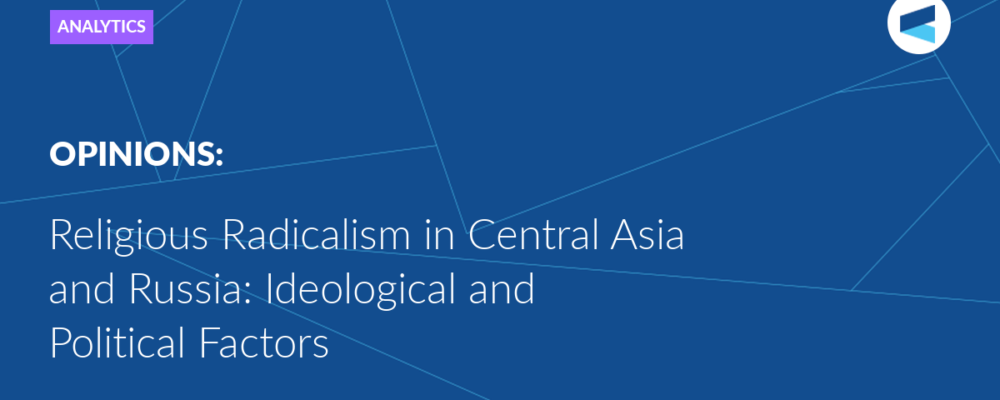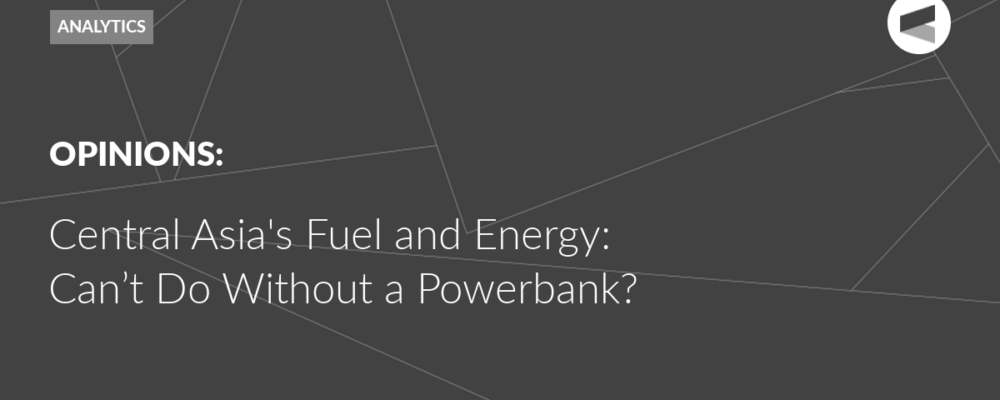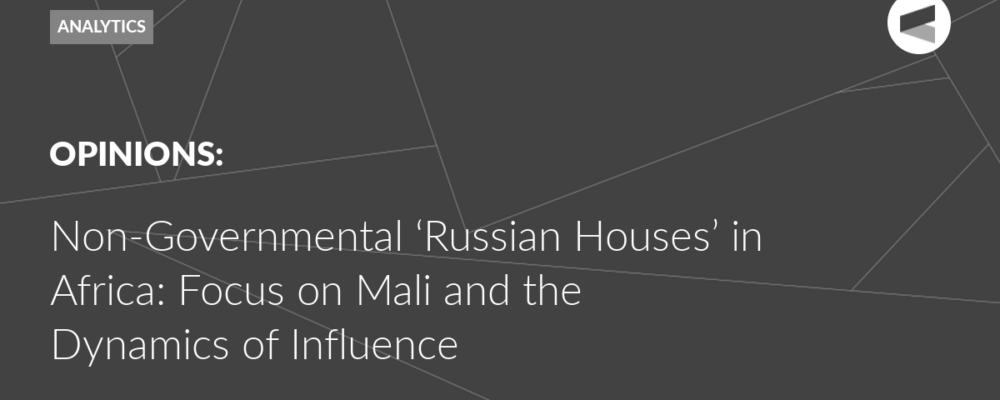The Houthis have turned the Red Sea into a no-go zone for Western ships and for vessels carrying goods to and from Western markets. With naval traffic decreasing in the main sea of globalisation, and with other routes being challenged by climate change and other factors, new opportunities for world trade are arising in Asia.
The Houthis, so far, have caused more damage to Israel than Hamas and Hezbollah combined. The Yemenite guerrilla organisation, which some countries refer to as a terrorist group, has carried out more than a hundred attacks on vessels going through the Red Sea between mid-November 2023 and mid-July 2024.
The impact of their low-cost war has been very high: the port of Eilat has laid off half of its workers and recorded million-dollar losses; over fifty countries have been impacted by war-driven inflation and good shortages, container shipping through the Red Sea has almost dropped to zero, and Asian ports “are experiencing delays as ships reroute and schedules are disrupted”, with congestion dominating “at alternative routes and transshipment hubs essential for trade with Far East Asia, West Central Asia, and Europe”.
An almost-empty Red Sea, which has historically been a sea of globalisation, and which usually handles 12-15% of global trade annually, has become one of the most powerful symbols of the dying international order. The Houthis’ asymmetrical warfare has truly made the Bab-el-Mandeb the Gate of Tears, at least for Western ships.
The Houthis aren’t the United States’ only geoeconomic headache. Many kilometres away from the Middle East, more precisely in Central America, an unpredictable force is disrupting naval traffic at another key-place of globalisation: the Panama Canal. If the Houthis’ fire can be responded to, very little can be done against the force that is drying up Panama, since this force is climate change.
In the long-term, the new season of instability in the Middle East combined with climate change, against the backdrop of the great power competition, are set to re-configure rules and rulers of globalisation. Russia, the Caucasus and Central Asia are set to benefit the most from this epoch-making change.
A dream called the Arctic route
Talks about the feasibility of a northeast passage have been present in Russian political discourse since the early 1500s. Although the first complete passage is reported to have occurred in the late 1880s, only recently has Russia has started looking seriously into the matter, prompted by climate change-induced ice melting, ever-increasing political risk affecting the traditional seaways of globalisation and growing interest in alternative trade routes among international investors.
The Arctic is more than a pipe dream. Not only is the Russian Arctic home to some of the world’s richest gas and oil reserves, which only await to be exploited. Its transformation into a medium-to-high traffic seaway of globalisation is as increasingly possible, thanks to climate change, as it is desirable for a number of Asian powers, including India and China. An ice-free Arctic might dramatically alter the balance of power and further shake up the already declining Western-centric model of globalisation. The main beneficiaries of such an epoch-making development would be Russia and China, with the former gaining profits from transit fees and with the latter shortening shipping times to Europe by up to 50% in comparison with the Suez route. For all the major stakeholders, including the EU, this could be the opportunity to keep dialogue channels open through trade and investments.
In contrast with the South China Sea-Indian Ocean-Red Sea route, which crosses through several countries, is endangered by maritime piracy and has both dangerous narrow points – let’s only think about the Ever Given incident – and military bottlenecks – such as the Malacca Strait, the Polar route is not only the shortest shipping corridor between European markets and Chinese factories, it features near-zero political risk. In fact, Chinese, Japanese and Korean goods would reach Europe through a piracy-free 5,600-kilometre-long route controlled by one country, resulting in low-cost insurance, lower transit fees and fewer custom checks for shipping companies.
In theory, shortened distances, reduced costs and increased safety make the Polar road much more competitive than the Suez route and its Western-proposed alternative, the so-called Indo-Arab corridor, which the Houthis and the Israel-Palestine conflict have frozen. In practice, Russia must develop the proper infrastructure before such a route becomes viable and capable of handling significant freight traffic. As of now, no such infrastructure exists, the Arctic region is as underdeveloped as it is underpopulated, and Russia can only aspire to develop a network of strategic ports, roads and depots across the Arctic if it’s supported by a mammoth amount of international investment.
From north to south (and back)
If the road to the Arctic route is full of obstacles, the International North–South Transport Corridor (INSTC) tells a slightly different story. Strongly desired by two of Asia’s most important emerging markets, that is, India and Iran, the INSTC is the fastest land alternative to the Suez route. For Russia and Iran, it opens new markets and reduces dependency on Western-controlled or Western-influenced routes. For India, it provides quicker and easier access to Central Asian and European markets.
Numbers can say what words cannot: it cuts the traditional Mumbai-Moscow maritime route from 16,000 kilometres to around 7,200 kilometres, with the travel time decreasing from more than one month to 20-25 days and with the transportation costs expected to be 30% cheaper.
The average cost of shipping a container from Mumbai to Moscow is around $3,000 via the Suez route but could drop to approximately $2,000 using the INSTC. However, political tensions and regional instability pose risks, and infrastructure development is still needed to fully untap its potential. Huge investments and huge diplomatic efforts are mandatory to make all the INSTC’s stops safe, and thus attractive for want-to-be investors and merchants: Azerbaijan and Armenia must settle the Karabakh issue once and for all, India and Pakistan must solve the Kashmir question, and Israel and Iran must find a modus vivendi.
With the Indo-Arab corridor delayed by the Houthis’ war in the Red Sea and by the Israel-Palestine conflict, India and its EU-based buyers might be encouraged to shift their focus from sea to land. Again, just like the Arctic route, the INSTC is a promising yet challenging trade path which has the potential to shape Asia’s balance of power and to further undermine the decaying post-Cold War era of globalisation.
The forthcoming multi-polarity of trade routes
A super-arc of crisis is enveloping Europe, the Mediterranean, the Red Sea, and the Levant-Mesopotamia, with the result that more and more Western and Arab investors no longer believe the making of the anti-BRI, that is, the Indo-Arab corridor, is worth the risk. Combined with climate change, which is lowering the water levels in the Panama Canal and affecting navigability, re-globalisation cannot imply a mere return to the past as it often does today, with the Suez route mainly replaced by the centuries-old, time-consuming Cape route, and with the Panama Canal’s operators trying to solve the navigability issues by easing traffic restrictions. New routes are needed.
The need for crisis-proof routes is driving China to eye the Arctic and an ensemble cast composed of Azerbaijan, India and Iran to endorse the INSTC. In both cases, the Suez route is destined to experience a drop in terms of traffic in the long-term, while Russia is potentially projected to be the new centre of gravity of emerging trade routes. It’s up to Russia to exploit the heterogeneous circumstances that are snapping off the geostrategic inevitability of the once untouchable Suez route, paving the way for constructive and productive debates on the building of alternatives.
Russia could take advantage of its permanent membership in the Arctic Council to sponsor the Polar route as a win-win apolitical infrastructure project. Saint Petersburg economic forum-style business events could help attract the know-how and investments Russia needs in order to make the Polar route a reality. It’s noteworthy that several countries have already expressed an interest in the development of the Polar route, including India, Kazakhstan, Japan and South Korea, and that its growing attractiveness stems from the fact that the political risk in the Indo-Mediterranean region is likely to endure and increase over time.
Years, perhaps decades, of harsh great power confrontation are around the corner, and investors are looking for new safe havens and low-risk business opportunities. The INSTC and the Arctic route, backed by the proper diplomatic and economic efforts from the interested stakeholders, can be a guarantee of security in times of unpredictability.
The stakes are so high, because the eventual building of the northern sea route and of the INSTC would be a long-lasting game changer for world trade; it’s no exaggerated to say that the amount of collective interests behind these two routes has the potential to help the blocs de-escalate tensions in the post-Ukraine war. For instance, the EU and Russia would be obliged to establish some form of dialogue channel to ensure the Arctic route and the INSTC work efficiently; Azerbaijan and Armenia could be encouraged to settle their differences once and for all before the prospect of a win-win mega-infrastructure project going through the South Caucasus; the India-Iran-Pakistan triangle could follow in the footsteps of the Caucasus; while Russia and the US may be driven to extend their tradition of cooperation on essential issues, such as climate change and counterterrorism, to Arctic management. With the Arctic route becoming a reality, another century-old infrastructure dream may become true: the Bering Strait crossing.
Great power competition-driven instability over the most-used trade routes, combined with climate change, is making the INSTC more attractive and the North Pole more navigable; it is offering Asia’s greatest powers the epoch-making opportunity to reshape the geography of world trade. Russia is the player set to economically benefit the most from such a development, but the diplomatic reverberations have the potential to positively affect all the greatest powers in the international system.
The Valdai Discussion Club was established in 2004. It is named after Lake Valdai, which is located close to Veliky Novgorod, where the Club’s first meeting took place.
Please visit the firm link to site






